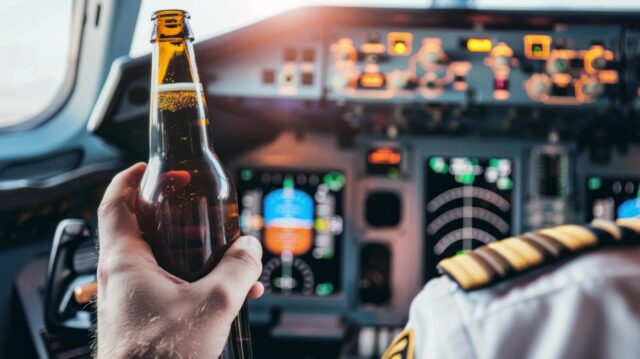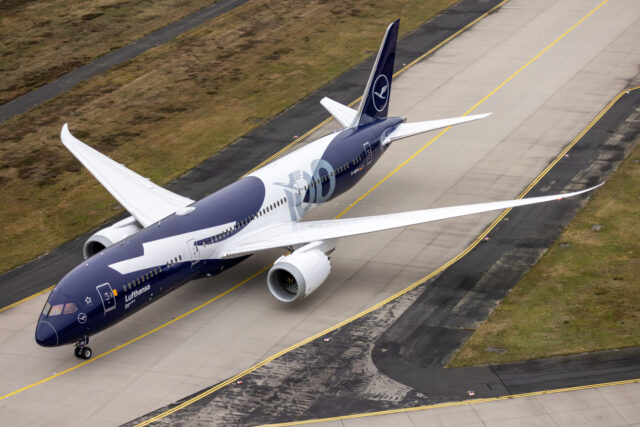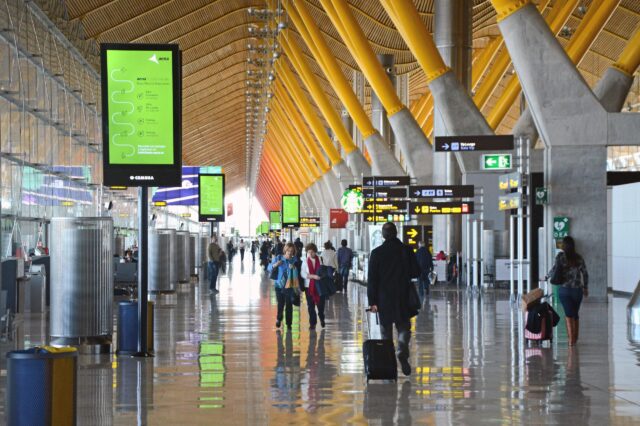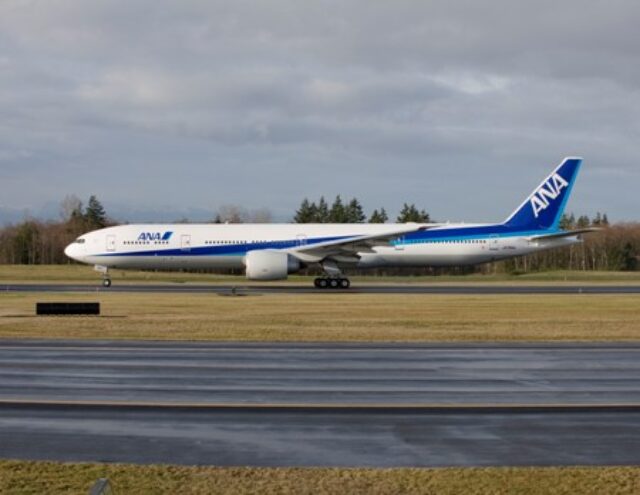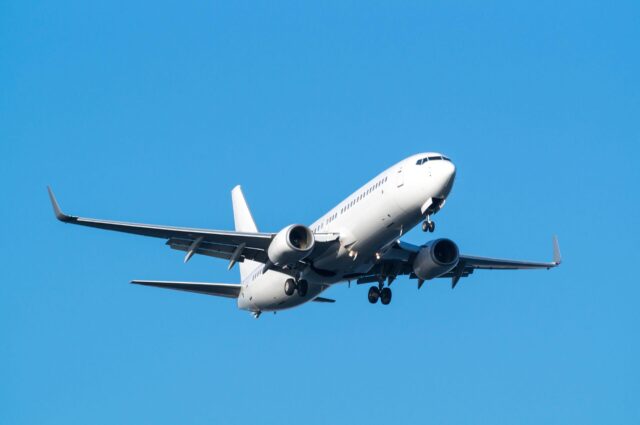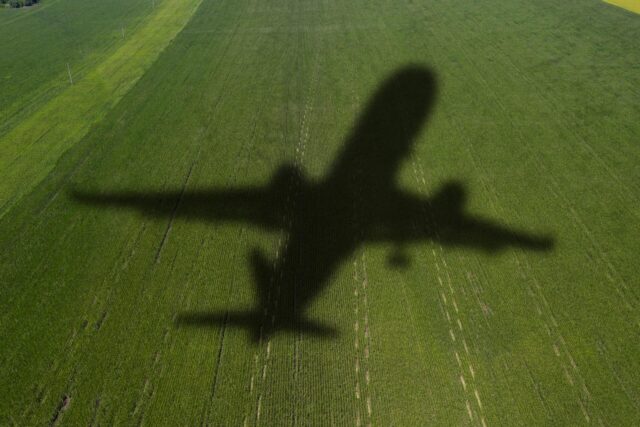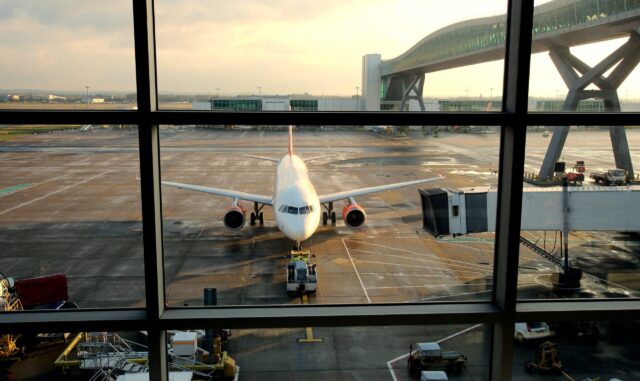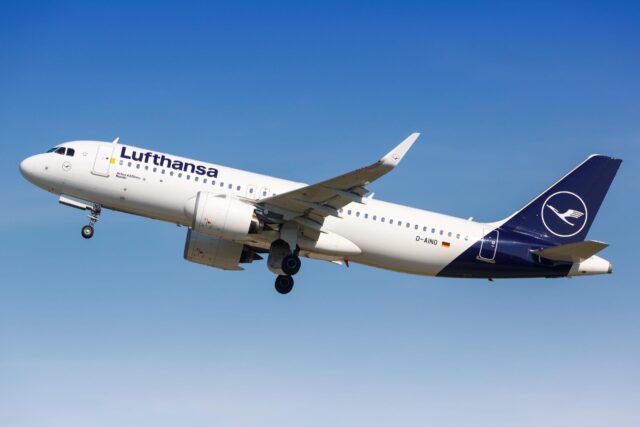The next decade of air travel: Short-term headwinds, long-term lift

Air travel has rebounded sharply since the pandemic, with global revenue passenger kilometers expected to grow 4.7% annually through 2030. But short-term volatility—driven by trade tensions, supply constraints, and evolving traveler behavior—is making the flight path less predictable (see Figure 1).

Figure 1
After a year of steady growth, US international passenger air travel dipped below 2024 levels in early 2025. Despite lower oil prices, demand is softening, and trade frictions are starting to shape where and how people fly. Tighter immigration policies and growing geopolitical uncertainty are adding complexity to airline operations, especially for US-bound routes.
At the same time, a weakening US dollar could affect travel flows and cost structures—drawing more international visitors while driving up airline operating costs, from fuel to maintenance.
Despite the turbulence, long-term demand for air travel looks resilient. From 2000 to 2019, revenue passenger kilometers grew nearly twice as fast as global GDP. Several powerful forces fueled that rise—expanding middle classes in developing countries, low-cost carriers, and ever more efficient aircraft.
If macroeconomic growth stabilizes, air traffic should continue its upward climb (see Figure 2). Low-cost carriers, which still hold just 25%–30% market share in many regions, are poised to capture more short-haul and leisure demand. Meanwhile, markets like India continue to see rising air travel as incomes grow.
Even if air traffic growth slows temporarily, demand will not be the limiting factor. The main bottleneck for the industry is on the supply side.

Figure 2
Supply Chains Can’t Keep Up
Aircraft deliveries in 2023 and 2024 fell short of demand by 31% (see Figure 3). Disruptions and parts shortages persist, limiting the number of new aircraft built. In 2024, Boeing and Airbus increased their fleets by only 4.7%, well short of the 6.8% growth needed to meet demand and enable normal retirement rates.

Figure 3
As airlines stretch the lifespan of aging fleets, record numbers of aircraft are grounded, waiting on overdue maintenance. The problem is compounded by a constrained maintenance ecosystem: Wing-to-wing turnaround time for popular narrowbody engines has stretched from 140 days prior to the pandemic to over 250 days now (See Figure 4).

Figure 4
Several factors are contributing to this crunch: Critical raw materials are in short supply, used serviceable material (USM) is less plentiful, and airlines are suffering from a shortage of skilled labor. Delivery coordination issues for everything from raw materials to final assembly add to the maintenance delays.
Trade and Tariffs
Civil aircraft and components, once mostly tariff-free, are now exposed to duties and trade uncertainty. That’s worsening volatility in demand and exacerbating supply chain problems. Commercial aerospace supply chains are inherently global, with complex parts flows. Any added cost or friction is likely to force suppliers to raise prices.
Delta, for example, paused Airbus deliveries over US–EU trade uncertainty, and China temporarily refused to accept Boeing 737 purchases. One major US supplier declared force majeure on tariff-impacted components, illustrating how quickly trade tensions can disrupt critical supply lines. Potential Chinese restrictions on rare earth metals could create bottlenecks in areas like coatings, critical for engine production.
Higher Prices and Aging Fleets
The shortfall of new aircraft deliveries means airlines must extend the life of older jets—requiring more maintenance, spare parts, and investment. Investment in aging fleets increases operating costs, as they require more maintenance and spare parts, heightening maintenance, repair and overhaul (MRO) demand when capacity is under pressure. Ultimately, higher costs are likely to result in higher ticket prices, longer wait times, and reduced route availability.
Many maintenance providers, already preparing for next-generation platforms, now have to support legacy systems longer than expected—further straining capacity.
Changing Market Dynamics
Not all commercial aerospace sectors face the same pressure. Here’s how the landscape may shift.
Narrowbody aircraft and suppliers: Narrowbody aircraft will become increasingly important to airlines and suppliers as demand rises for short-haul domestic and leisure travel. These aircraft are less affected by tariffs and less expensive to operate.
Non-US suppliers: European aircraft and engine makers will become more competitive, especially in Asia. The Commercial Aircraft Corporation of China (Comac) will benefit in the long term from US aircraft challenges in China due to tariff escalation.
Aircraft lessors with midlife fleets: Rising demand and limited supply of new aircraft will boost the value of existing assets.
Low-cost carriers: These carriers are best positioned to grow their share of the market as price sensitivity increases and travelers favor shorter-haul domestic and leisure travel.
Global MRO providers: Those with flexible, scalable capacity will win on turnaround time and price.
Aftermarket suppliers: USM and PMA parts will be in high demand as fleets age.
Passengers: With aircraft in short supply, passengers will likely face fewer routing options, fuller planes, and higher ticket prices.
Widebody and US-centric airlines: Higher costs and the possibility of a long-term decline in passenger and cargo demand could hurt margins.
US-based OEMs and suppliers: This group is especially vulnerable to tariffs and retaliatory actions.
Operators with delayed deliveries: These airlines risk capacity gaps and elevated operating costs.
Build Resilience
For airlines and suppliers, there are no easy solutions for rising costs and disruption. As the industry navigates this next phase, leading companies are focusing on four “no-regret” moves:
Assess exposure. Understand how supply chain risks and tariffs affect each part of the business. Use that insight to adapt sourcing, pricing, and capacity plans.
Plan for scenarios. Test strategies against a range of outcomes—from delays to trade shocks. This stress testing helps identify smart investments and key actions.
Invest in supply chain and talent. Prioritize supplier diversification, digital tools for transparency, and workforce development. Even design or sourcing changes can help ease bottlenecks.
Track policy closely. Stay sharp on trade and regulatory shifts. Leaders who integrate policy insights into decision making will be better positioned for what’s next.
Air travel’s long-term growth engine remains strong—but capacity constraints, trade risks, and rising costs could reshape how that growth plays out. For airlines and suppliers, building resilience today is key to staying competitive tomorrow.
This article was written and sponsored by Bain & Company.
